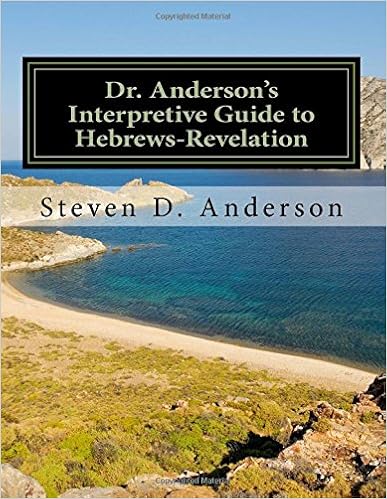Archaeologists have announced the discovery of a 13th dynasty scarab in a gold ring at Tel Dor.
Excavations begin this summer at el-Araj, a candidate for the site of Bethsaida. Nyack College is participating and inviting others to join them.
The Temple Institute held a public practice reenactment of the Passover sacrifice last week. A few dozen photos have been posted.
Two Israeli Jews were arrested for trying to carry a goat up to the Temple Mount to make a Passover sacrifice.
A senior Egyptian archaeologist has claimed that the Pharaoh of the exodus was not Egyptian.
Paleojudaica provides some analysis.
The 8th-century citadel at Ashdod Yam was vandalized recently by youths who shared photos on social media. The teens who caused the damage have now apologized.
What’s there to see in Ashdod? Aviva and Shmuel Bar-Am lead readers on a tour of the sites.
Wayne Stiles shows you what you’ll see if you walk down the Kidron Valley.
For an CT article, Gordon Govier asks evangelical scholars to weigh in on the recent study that literacy in ancient Israel was more widespread than previously believed.
The full text is online for Lawrence Schiffman’s recent lecture entitled, “In the Valley of David and Goliath: Digging Up Evidence on the United Monarchy.”
Zondervan Illustrated Bible Backgrounds Commentary eBooks are on sale now for $4.99 each.
Now free online in pdf format: John J. Bimson, Redating the Exodus and Conquest, 2nd ed. Sheffield: The Almond Press, 1981.
A bidding war has resulted in sale of 1,000 historic photographs of the Holy Land to sell for nearly $1.5 million. Note to the loser: we can provide you with more than 1,000 images for half price!
Seth Rodriquez, a long-time contributor to this blog, has been invited to teach a course in biblical backgrounds at the Baptist Theological Seminary of Zimbabwe and he would appreciate your prayer and financial support.
HT: Agade, Joseph Lauer, Charles Savelle
